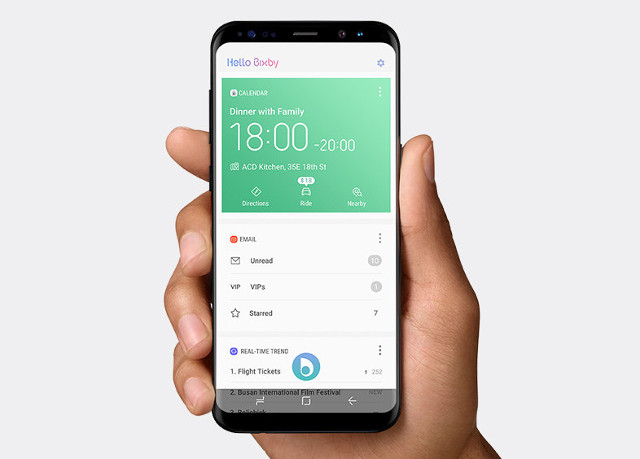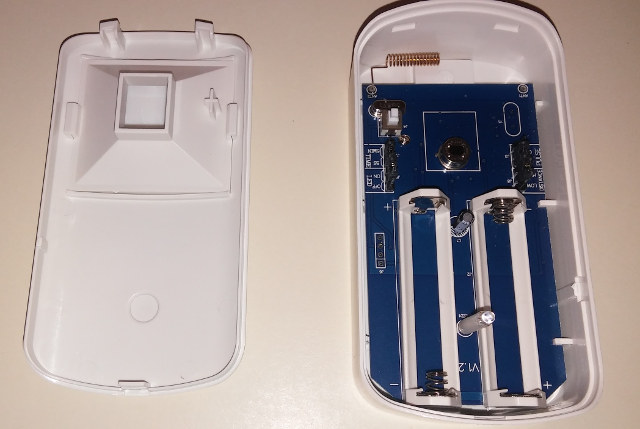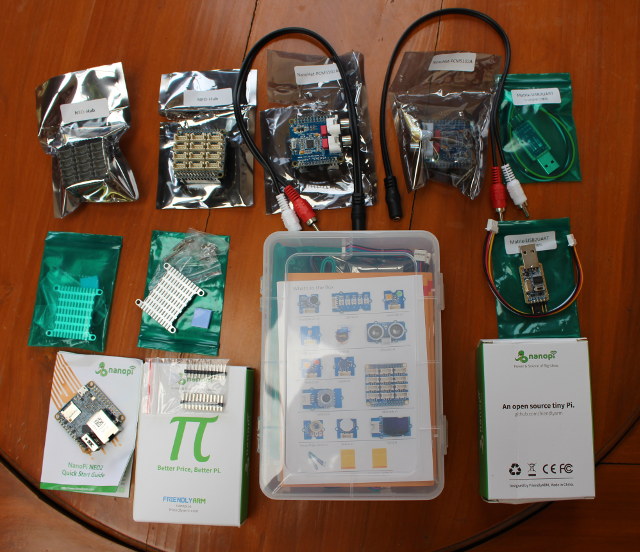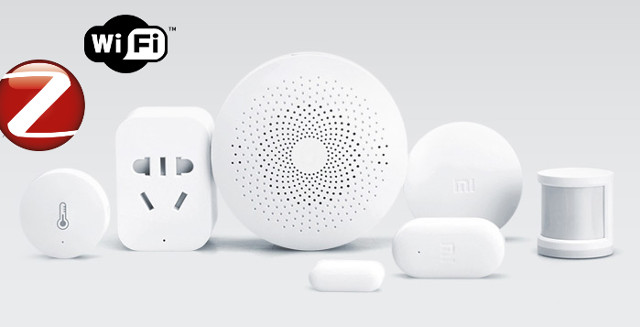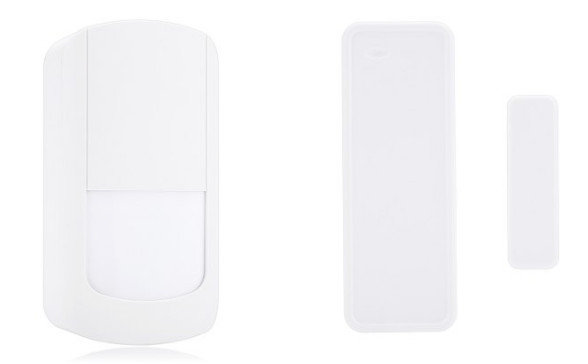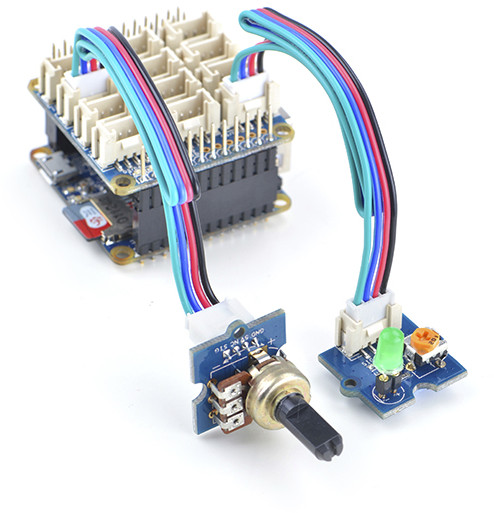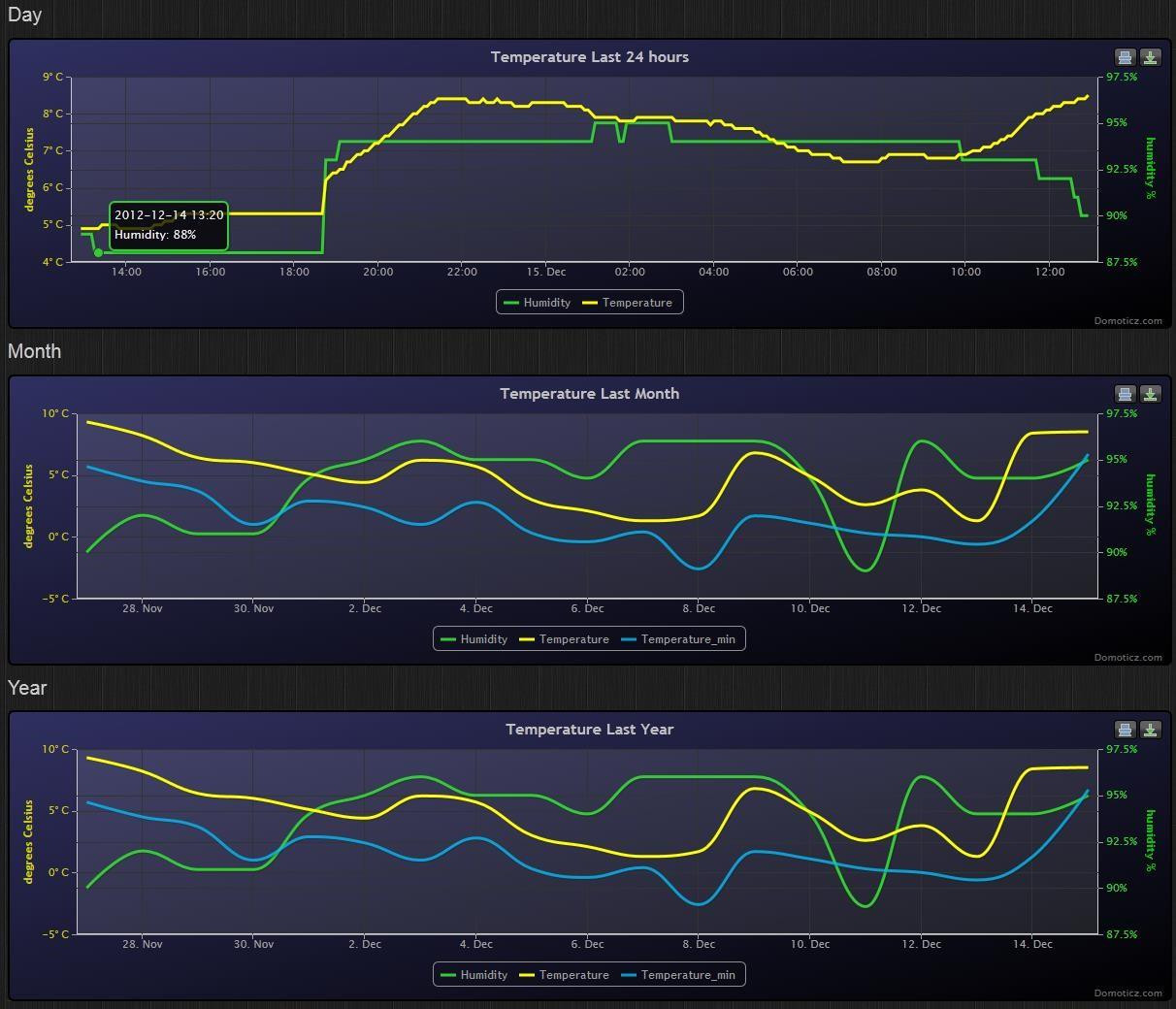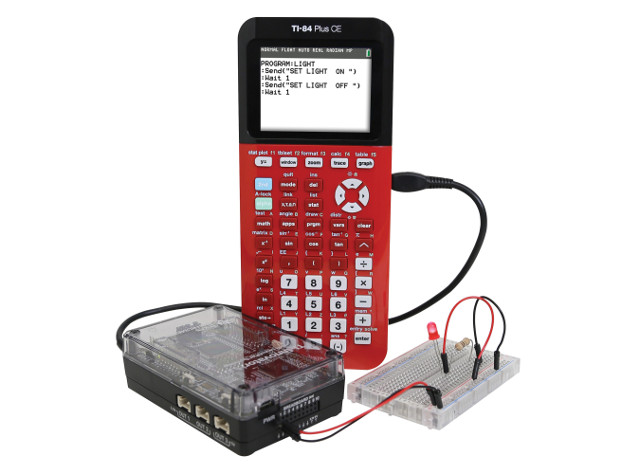Samsung has finally launched their latest Galaxy S8 and S8+ smartphones powered by Qualcomm Snapdragon 835 or Exynos 8895 processor, 5.8″ and 6.2″ screens , and some of the most interesting features include the “infinity screen” with ultra thin bezels, Samsung DeX allowing for a desktop experience on a large monitor when the phone is docked, as well as Bixby assistant. Samsung Galaxy S8/S8+ specifications: SoC (one or the other depending on markets) Qualcomm Snapdragon 835 octa-core processor with four Kryo 280 cores @ 2.3 GHz, four Kryo 280 cores @ 1.7 Ghz;; Adreno 540 GPU; 10nm process Samsung Exynos 8895 octa-core processor with four M2+ cores @ 2.35 GHz, four Cortex A53 cores @ 1.9 GHz, ARM Mali-G71 GPU; 10nm process System Memory – 4GB LPDDR4 Storage – 64GB UFS 2.0 flash; micro SD up to 256 GB Display Galaxy S8 – 5.8” quad HD+ (2960×1440), (570ppi) Galaxy S8+ […]
Karl’s Home Automation Project – Part 3: Adding Light Detection to a Motion Sensor
This is the 3rd part of my Home Automation light project. In the first part, I wrote about basic setup with basic Sonoff Wifi MQTT switches and setting them up. In the second one, we added some 433 MHz motion sensors and a 433 MHz to MQTT bridge. And finally in part 3, we are going to modify the 433 MHz motion sensors to only work when it is dark in the room. Motion Sensor The motion sensor I linked in part 2 is run by a common chip called a BISS0001. We are interested in pin 9. If voltage is below .2v it will not trigger a motion. This solves the problem discussed in part 2, when we have a gloomy day or if blinds are closed etc. By adding an GL5537 LDR (Light Dependent Resistor) shown as R3 in the diagram above, you will achieve the desired effect. […]
NanoPi NEO2 Board, NanoHats, and BakeBit Starter Kit Review – Part 1: Hardware Overview & Assembly
NanoPi NEO 2 development board is an update of NanoPi NEO with a quad core 64-bit Allwinner H5 processor + 512 MB RAM, Gigabit Ethernet, and an extra audio header, which can be a great little board for headless application since there’s no video output. FriendlyELEC ask me whether I wanted to review to board with some of their NanoHATs add-on boards, and while I asked for NanoHat PCM5102A audio board and NEO Hub which I intended to use with Grove modules from my Wio Link Started Kit, I get a bit more than expected, as the company included sets of NEO 2 boards and accessories, NanoHATs, two serial debug board, and their BakeBit Starter Kit with several Grove modules to play with. Since I have so many things to look at in this first post, I’ll just describe the hardware, assemble it, quickly check the paper documentation, and give […]
Xiaomi 6-in-1 WiFi & Zigbee Smart Home Kit Works with Domoticz Home Automation Software
Xiaomi “Mijia” 6-in-1 smart home (security) kit is an home automation set with a WiFi & Zigbee multi-functional gateway with RGB light and speaker, a wireless switch, a window/door sensor, a human body sensor, temperature & humidity sensor, and a smart socket. The key features of each item are as follows: Multifunctional Gateway Remote Control WiFI and Bluetooth connectivity Built-in speaker Light sensor and 18x RGB LED for notifications potentially trigerred by connected sensors: body sensor, door sensor, IP camera… Online radio support Window / Door Sensor Set Light and rings the gateway when opened or closed Away from home mode: can trigger IP camera recording Power – CR2032 cell battery that should last for 2 years Smart Wireless Switch Programmable one key switch to turn off all lights/applicance, turn on one light at night, etc… Human Body Sensor Motion sensor allowing you to control other devices through the gateway Power […]
Karl’s Home Automation Project – Part 2: 433 MHz / WiFi MQTT Bridge, Door & PIR Motion Sensors
Karl here again for part 2 of my home automation project. We will be looking at how to automate your lights based on time of day and motion. In the first part we setup Home Assistant and uploaded firmware to basic Sonoff Wifi switches. Today we will setup a 433 MHz to MQTT bridge and some sensors. 433 MHz Depending on your country 433 MHz is an open frequency to use to communicate with. There are hundreds of different types of devices that use 433 MHz to communicate information. We will be focusing on 2 today from Gearbest: WMS07 motion sensor (left) and WDS07 door/window sensor (2 parts, right). I am not taking the door/window sensor apart, since it is super basic, but I’ve included some photos of the PIR motion detector. 433 MHz Bridge While contemplating how to get presence on a per room basis I ran across this […]
$30 BakeBit Starter Kit Adds Sensors & Buttons to Your NanoPi NEO & NEO Air Boards
FriendlyElec (previously FriendlyARM) launched NanoPi NEO and then NanoPi NEO Air board as respectively Ethernet and WiFi/Bluetooth connected boards for IoT applications. But so far, there was no ecosystem around the board, you had to use your own sensor modules, and write your own software to control them. This has now changed with the launch a BakeBit Starter Kit with twelve sensor modules, a NanoHat Hub add-on board designed for NanoPi boards, as well as BakeBit Library to control the hardware. The NanoHat Hub plugs into the two NanoPi NEO headers and provide 12 headers with 3x I2C interfaces, 3x analog interfaces, 2x UART interfaces, and 4x digital interfaces among which D3 and D5 support PWM, compatible with SeeedStudio Grove modules. You then have a choice of 12 modules to connect to the NanoHat Hub: OLED Module Ultrasonic Module Green LED Module Red LED Module LED Bar Module Rotary Angle […]
How to Install Domoticz Home Automation System in NanoPi NEO and Other ARM Linux Boards
I’ve recently started experimenting with IoT projects, and the first hurdle is to select the hardware and software for your projects are there are simply so many options. For the hardware your first have to choose the communication protocols for your sensors and actuators, and if you are going to go with WiFi, ESP8266 is the obvious solution, used together with your favorite low cost Linux development board such as Raspberry Pi or Orange Pi to run some IoT server software locally or leveraging the cloud. But the most difficult & confusing part for me was to select the server software / cloud services as there are just so many options. I prefer having a local server than something running only in the cloud, as my Internet goes a few hours a month, so I started with a solution combining ThingSpeak with MQTT gathering data from Sonoff power switches running […]
TI Innovator Hub Connects MSP432 LaunchPad Board to TI Graphing Calculators
I remember when I was in high school we all had those TI calculators to cheat enhance our chances of passing exams, but Texas Instruments has now launched what it calls TI-Innovator Hub based on a MSP432 LaunchPad board that connects to some of their graphing calculators and allows student to program and control external hardware through their calculators. Innovator Hub hardware specifications: MSP-EXP432P401-ET TI LaunchPad Board 3x input ports, 3x output ports, I²C port Breadboard connector with 20 labeled pins USB Mini USB Port (DATA port for connection to a TI graphing calculator, or a computer running TI-Nspire CX software) Micro-USB port (POWER port to connect to external power source) Misc – Red LED, RGB LED, Light Brightness Sensor, and speaker Enclosure The hub can then be programmed using TI-84 Plus CE (TI Basic language) or TI-Nspire CX (Lua language) graphing calculators. It’s a bit like playing with Arduino […]


